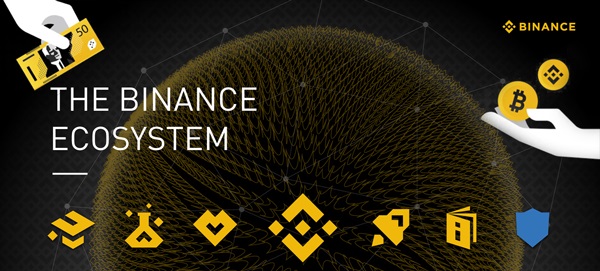Here’s why crypto is yet to become a global payment option

Cryptocurrencies have been around for more than a decade, yet they still haven’t become a mainstream payment option. Advocates of cryptocurrency tout its advantages, such as its decentralization and rapid transaction speed, while detractors point to its volatility and lack of regulation.
As much as crypto has grown, one factor that may be preventing cryptocurrencies from becoming a common payment option is attitude: both businesses and consumers are reluctant to embrace this new payment method. Despite its potential, many people still view cryptocurrencies with skepticism and fear, and this attitude is standing in the way of crypto becoming a mainstream payment option.
To truly make crypto a common payment option, attitudes must shift. People must recognize the potential of crypto and become comfortable with making transactions with it.
Let’s take a look at why this is, and how it can be solved.
Attitude is everything
To make cryptocurrency a mainstream payment option, people must change the way they think about it.
Cryptocurrency has the potential to transform the world and the economy, but people must recognize this. They must get over the fear of the unknown and embrace the advantages of this new payment method. If people are not willing to give cryptocurrency a chance, then it will not become a common payment option.
Businesses’ reluctance to accept cryptocurrency
One major barrier to cryptocurrency becoming a mainstream payment option is the hesitancy of businesses to accept it. Many companies, such as airlines, hotels and car rental agencies, accept multiple payment methods, but very few accept cryptocurrencies.
Some businesses are unwilling to accept cryptocurrency due to the high volatility of the market. They worry that accepting Bitcoin or another cryptocurrency could lead to losses if the value of the cryptocurrency were to plunge during the transaction.
In some cases, businesses may simply be unaware that they can accept cryptocurrency, or they may be unsure of how to accept and safely store it. This problem also discourages some consumers from making cryptocurrency investments.
Consumers’ reluctance to use cryptocurrency
People may also be hesitant to use cryptocurrency because they are unfamiliar with it or are worried about the security of the transaction. Consumers may not know how to use a cryptocurrency wallet or find it difficult and confusing to buy, sell or store cryptocurrency. They may also be worried about the security of cryptocurrency transactions, given the prevalence of cryptocurrency hacking and scams.
Additionally, consumers may be concerned about the legitimacy of cryptocurrencies, given that many are unregulated.
There has not been a lack of demand from investors and advocates over the past several years, as the market has grown exponentially. The problems lie in people’s mindset.
Cryptocurrency fuses a tangible real-world asset (cash) with the digital world, and this concerns some users who prefer to see their money in-hand or at least in-bank, backed by standard fiat systems.
We have witnessed the fusion of the digital world and reality, and young people have no issues with using AR in games. The rising popularity of live casino games compared to their fully-digital alternatives suggests that we inherently have a desire to see the digital and real worlds collide. These games incorporate benefits of digital gameplay – convenience, ease of access, speed – with the reality of a real-world roulette wheel or blackjack dealer.
While most online systems are thoroughly vetted, we inherently place more faith in these live-streamed casino games – we can see the tangible results! It’s this portion of the process we’re trying to move past – because digital is not inherently less trustworthy than tangible, whether in gambling, or finance.
In fact, online casinos and gambling on the internet have become far more popular recently, with people playing daily from all over the world. This is a strong indicator that people enjoy using their money in the digital space, whether that’s playing games or even shopping.
The impetus is there, the desire is there, but how do we get things moving toward crypto being accepted widely?
Steps needed to make crypto a mainstream payment option
First, businesses must accept cryptocurrencies as payment. This will likely occur gradually as previously hesitant business owners become more familiar with the process of accepting cryptocurrencies and see their customers’ willingness to use this option. In some areas, this has already begun.
Next, consumers must be willing to use cryptocurrencies as payment. When businesses begin accepting cryptocurrencies, consumers will likely see this as an opportunity to save money by paying with crypto instead of another payment method.
These two things could help to balance out some of the volatility associated with cryptocurrency.
Education on cryptocurrency
Lastly, people must be educated on cryptocurrencies. Most are at least slightly familiar with the concept of investing in Bitcoin, but maybe not a lot other than that. They need to understand the basics of what cryptocurrencies are, how they work and the advantages they offer. This also includes knowing about the various types of cryptocurrencies and how each one works.
People must also be educated on how to safely store their cryptocurrency, including the importance of using a safe and secure wallet.
Finally, people must be educated about how to use cryptocurrency for transactions, as well as the tax implications of using it. With this level of education, people will be more likely to make and accept cryptocurrency payments, and cryptocurrency will transition to become a mainstream payment option.















